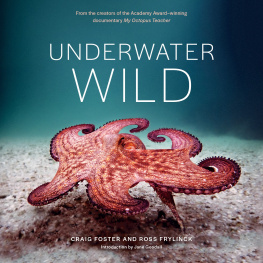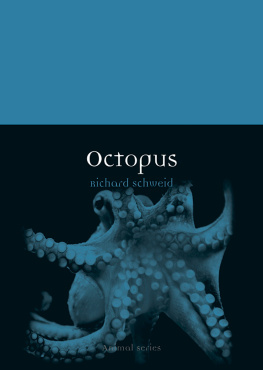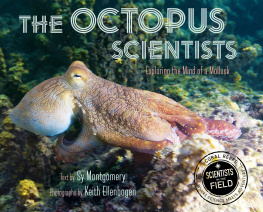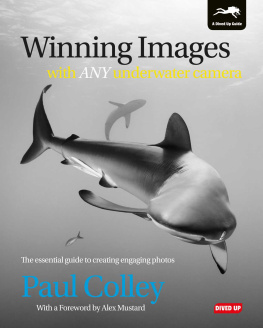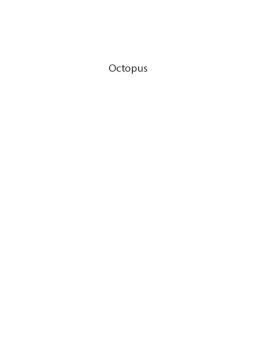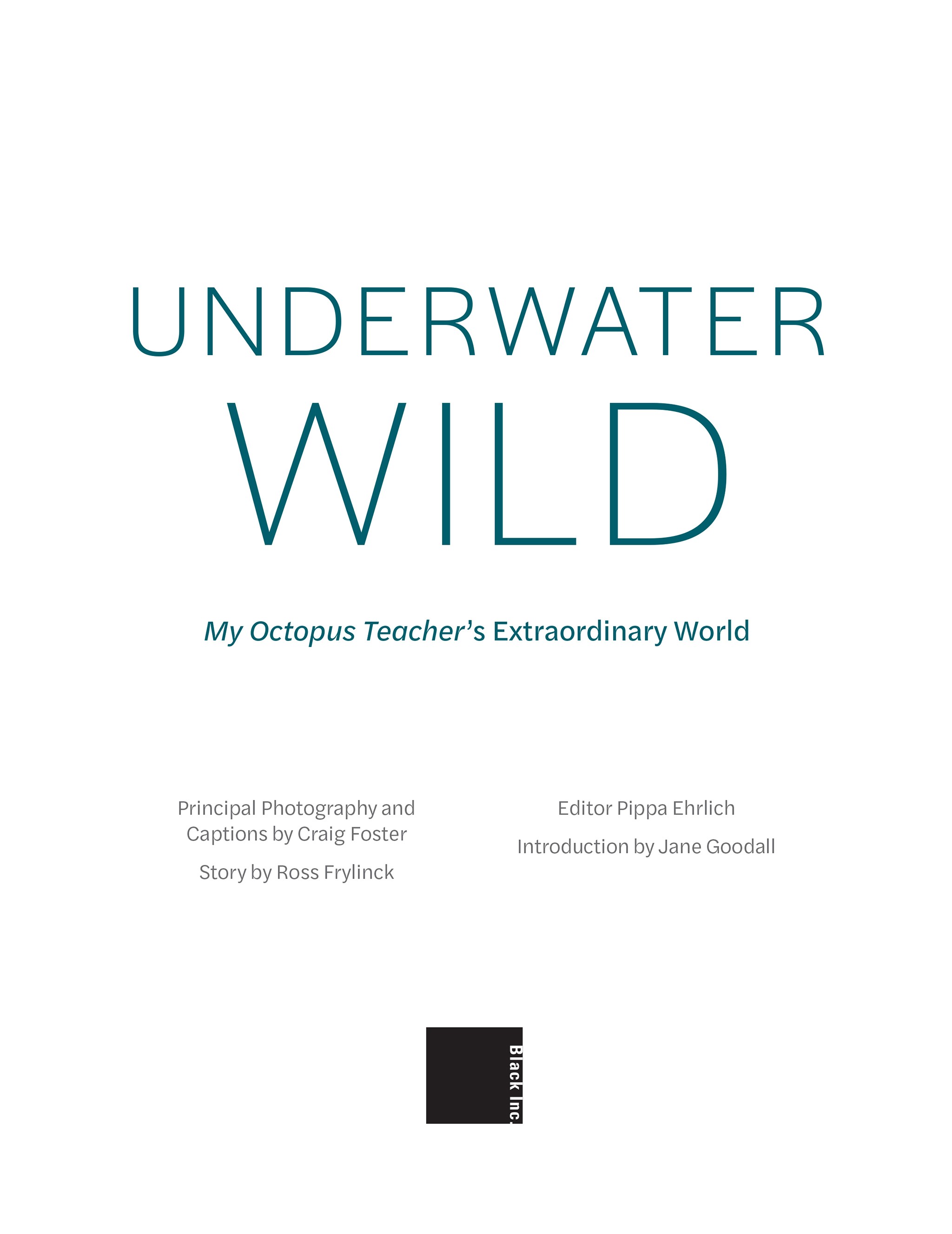

For the best experience, we recommend that you switch your eReader to continuous scrolling.
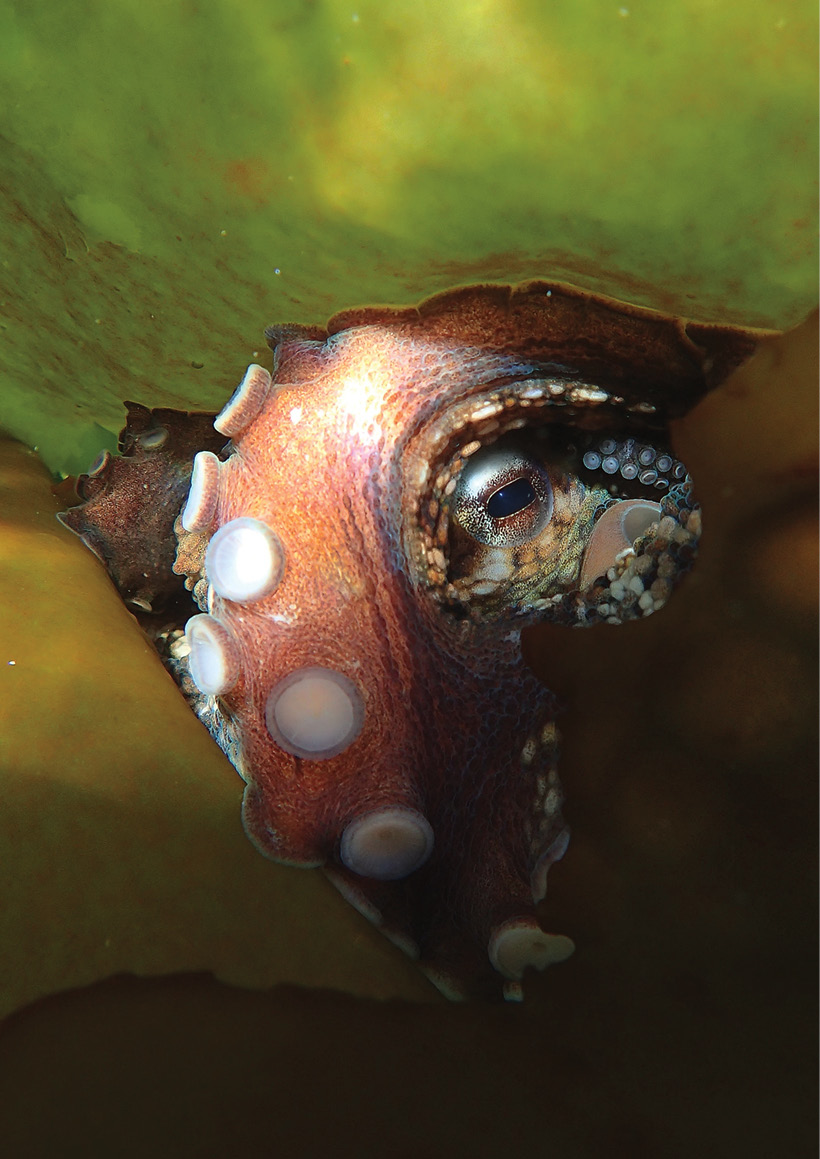

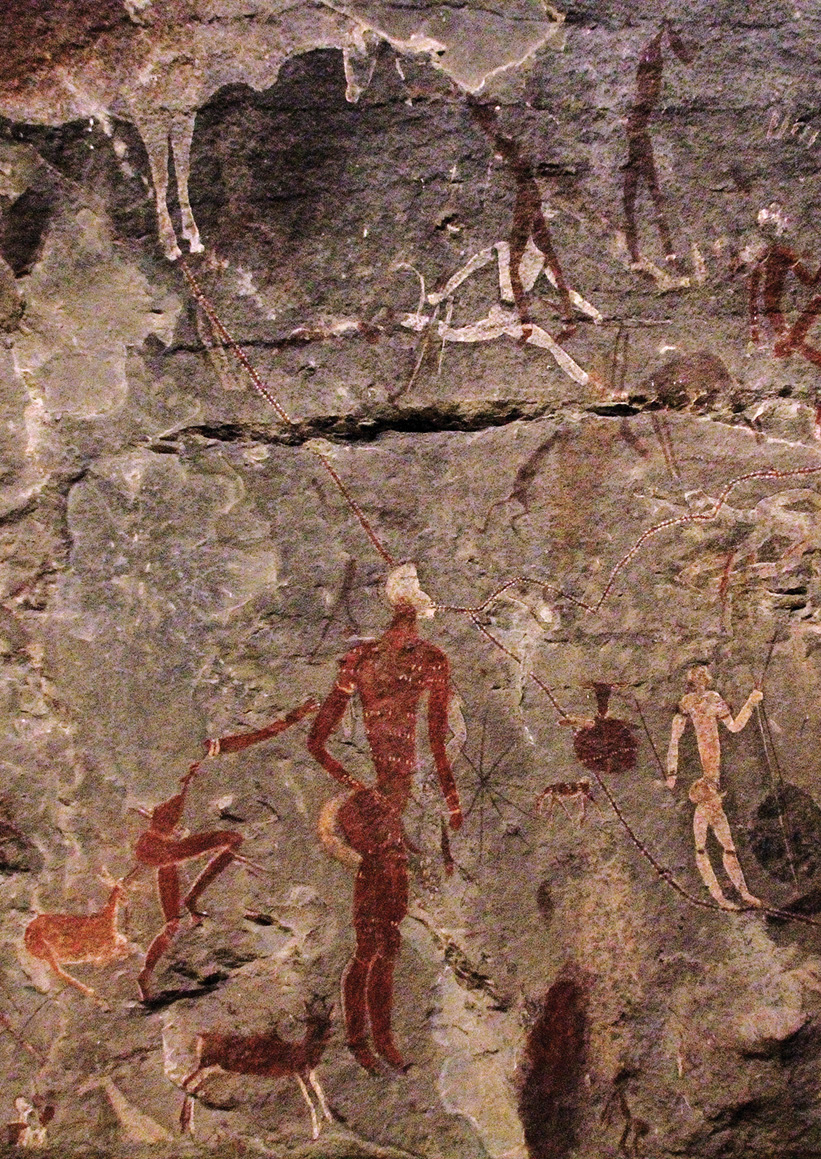
Foreword Charles Griffiths
T he tropical shores of exotic Indian Ocean islands, such as Mauritius and the Seychelles, and the coral reefs that fringe the mainland southwards through Mozambique and across the South African border to Sodwana Bay have long been magnets for regional divers. Far fewer are aware that the cool waters of the Cape Peninsula also harbour a spectacular and diverse marine fauna. Indeed the Cape is in many ways more interesting than the tropical Indo-Pacific, as a large proportion of the species found here are endemic to just this one region and are hence relatively poorly known and documented. This situation closely parallels that on land, where the unique Fynbos Biome, with its enormous diversity of largely endemic plant (and animal) species, has its epicentre in the south-western Cape.
In this volume, Craig Foster and Ross Frylinck explore the little-known coastline and shallow seas of the Cape Peninsula with a remarkable and unique eye and recount, with enormous sensitivity and insight, how their experiences have transformed their lives and perspectives. Craigs approach to the photographic component of the book is unlike any I have seen before. Rather than taking the usual high-tech approach, he has abandoned the thick wetsuits and SCUBA tanks that most would regard as essential to any underwater mission in these frigid waters. Instead he has chosen to enter the marine world on the same terms as the sea creatures themselves, unprotected by a wetsuit and using breath-hold diving. Moreover, he undertook to do this every day over a period of several years. Using these methods, Craig enters the world of marine creatures on their own terms, first learning how to locate and observe them and then getting to know them as personalities and observing the most intimate aspects of their lives. This results in images that capture not only the more usual spectacular underwater vistas and portraits, but also subtle and artistic patterns, such as those left by the mucous tracks of passing limpets and winkles, or by acid leaching from cast-up seaweed.
Craigs extraordinary images are supported not only by his fascinating biological observations, but also by a deeply personal and touching text related by his close friend Ross Frylinck, who describes how he becomes drawn into Craigs unusual world of wilderness rapture and how this helps him to resolve aspects of his own personal history.
I first met Craig several years ago, when he approached me to help identify and interpret some underwater images he had taken. We quickly realised that we shared a passion for exploration of the natural world and started undertaking regular outings to the seashore together. These have become a regular and much anticipated ritual, in which we explore the intertidal together, then discuss our findings on the rocks while we savour mugs of Craigs deliciously invigorating cinnamon tea and organic snacks. It has been a revelation to both of us how we can repeatedly visit the same shores, all situated along the margins of a major city, yet almost without fail still observe species, or behaviours, that are entirely new to us. I am delighted to see that many of the images from our morning forays have found their way into this volume. These will not only provide me with enduring memories of those excursions, but act as a reminder that one does not need to travel to Kruger National Park or the Serengeti to see wonders of nature. Extraordinary sights are to be seen right here on our doorstep!
Perhaps the most profound revelation of my relationship with Craig, and indeed of my professional life, has been the ease with which we have discovered species entirely new to science, right along the coastline of the city and with no other tools than keen eyes, enquiring brains and a few jam jars! Craig has already discovered some half-dozen new species during his explorations along the Simons Town coast and another is found every few months, confirming that we are nowhere near exhausting the treasure trove that lies there. To my mind there is no greater thrill than first examining these creatures, each one a miniature miracle that is the result of millennia of evolution and adaptation, and to realise that no human has ever seen (or at least recognised) that species before. I hope to experience and share this excitement many times more on my future journeys of exploration with Craig.
It is my great pleasure, then, to introduce this unique book. It has been enormous fun to have been present when some of these remarkable photographs were taken and to have shared the excitement of the discoveries made. Any nature lover will enjoy these sensitive images and the story that accompanies them. My enduring hope, though, is that this book will inspire many more city dwellers to visit the rich natural world that lies right on their doorstep and to experience some of the wilderness rapture that has so clearly captivated and transformed the lives of these authors and myself. Do not get left behind be part of the sea change!
Emeritus Professor Charles Griffiths
University of Cape Town
Introduction Jane Goodall
A friend of mine, knowing of my fascination with octopuses, sent me a link to the film My Octopus Teacher. I knew I was in for a treat, but there was no way I could have imagined what a transformative and entrancing experience was in store for me.
Of course I knew that the octopus is a highly intelligent animal, but I was not prepared for the emotions that brought tears to my eyes as I watched the unfolding of a true friendship between a man and an octopus. Nor was I prepared for the sadness that that gripped me as I watched her slow death and saw Craig Fosters emotion as he recorded this last phase in her short life. He had spent eight months, diving in the icy waters every day, slowly gaining her trust so that he could eventually follow her as she went hunting and learn about the challenges she faced daily in the Great African Seaforest that was her home.
This book, set in the gorgeous kelp forests that surround Cape Town, takes us on a much deeper dive. It really is a magical window into an enchanted underwater environment. The stunning photographs with their evocative captions reveal a relatively unknown, and astonishingly beautiful world. It describes many unique and fascinating creatures seldom seen by human eyes and shows us just how intelligent and curious some of these animals are. And it proves that human beings can, if they so wish, share deep and powerful bonds with many different kinds of animals. This is also a deeply personal and moving story of family, and how time in wilderness can heal and transform our lives. It celebrates friendship, and shows us that there is always something new to learn and experience if we would just connect with the world around us.

